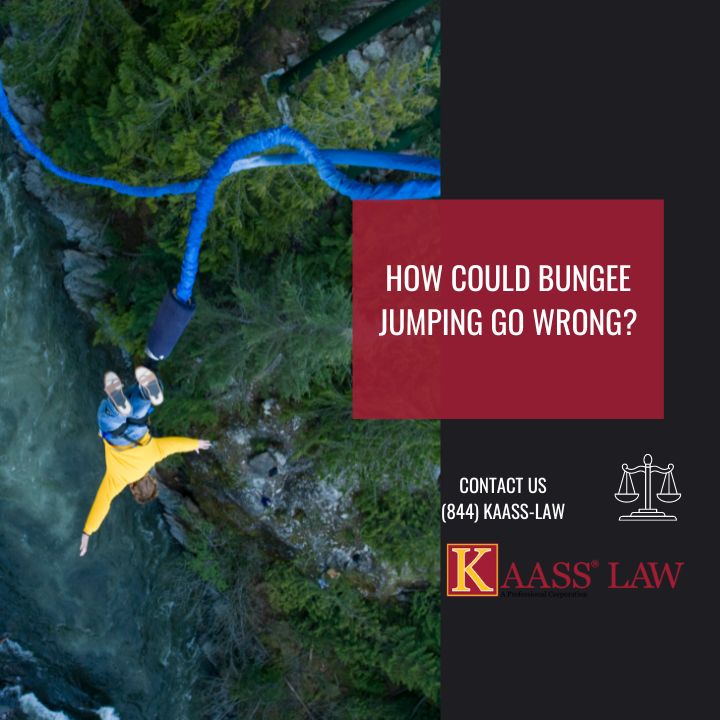Bungee jumping is one of the best methods to satisfy someone looking for an adrenaline rush, which is usually a one-time activity by visitors as a spontaneous decision. It can be thrilling to experience free falling hundreds of feet and surviving thanks to a rubber rope linked to the body.
Bungee jumping is a fun activity that many people have done, but not everyone knows the severity of the risks. Injuries and death can happen when regulations are broken or mistakes are made. It is a popular thrill-seeking adventure that many people partake in to enjoy the rush of adrenaline. However, this activity has a unique set of risks and dangers that has to have been announced before participating in it for leisure.
Today, accidents and fatalities are frequent, and not every leap is successful.
How Could Bungee Jumping Go Wrong?
Due to the perilous nature of the activity, businesses that provide bungee jumping must adhere to certain safety standards. This could comprise:
- Having a licensed physical engineer inspect and approve all equipment
- Supplying evidence of insurance
- Supplying data on all platforms from which the firm expects users to jump
- A non-slip surface is required for platforms
- Platforms need to be big enough to fit at least three persons on them
- Gates isolate participants from unintentional falls
- Demonstrating that the “jump master” can determine and adapt the jumps based on the weight of each jumper
These are just a handful of the many guidelines that businesses that provide bungee jumping must abide by.
Causes of Jump Failure
Participants typically sustain injuries because:
- Given the weight of the person jumping, the cable length is insufficient.
- Given the weight of the person jumping, the cord’s elasticity is incorrect.
- The harness that connects the jumper to the cable has a flaw and releases prematurely.
- The cable snaps when the jumper is in midair because it is too old or worn out.
- When the jumper reaches the finish of the leap, the cable becomes wrapped around them and applies tremendous pressure to a bodily component.
- Regardless of the reason, if a jumper suffers harm, they could be able to bring a bungee jumping case.
Lawsuits for Personal Injury & Wrongful Death
The victim’s surviving family members may file a lawsuit on their behalf if they pass away as a result of their injuries. The aim is to obtain compensation to cover the costs of the funeral and burial as well as medical expenses, lost wages, pain and suffering (both physical and mental), loss of consortium, and loss of inheritance.
Determine who was at blame, fill out the necessary paperwork, gather evidence, and consult with qualified specialists to demonstrate that compensation is required with the help of an experienced accident attorney.
It Is Possible To Have Multiple Defendants
There are frequently several parties at fault for the plaintiff’s accident. The provider of the jumps, the jump master, a business or contractor in charge of maintaining the jump site or anchors, or the maker of the safety harness, rope, or another item that was in use during the leap are all examples of parties who might fall under this category.
How Can A Manufacturer Be Accountable?
Every time a company creates a product, it must evaluate its safety and provide usage instructions. Product liability laws may find a firm liable if a product’s flaw leads it to act in a way that wasn’t with intent to hurt someone as a result.
Manufacturing flaws include mistakes in the harness that connects the jumper to the cable and causes it to break mid-air.
Contact a Los Angeles Attorney for your Case Today
Call our office at 310.943.1171 if you have sustained injuries or if a loved one has passed away as a result of one. Check out our other website for more details on any other important matters you could have.

